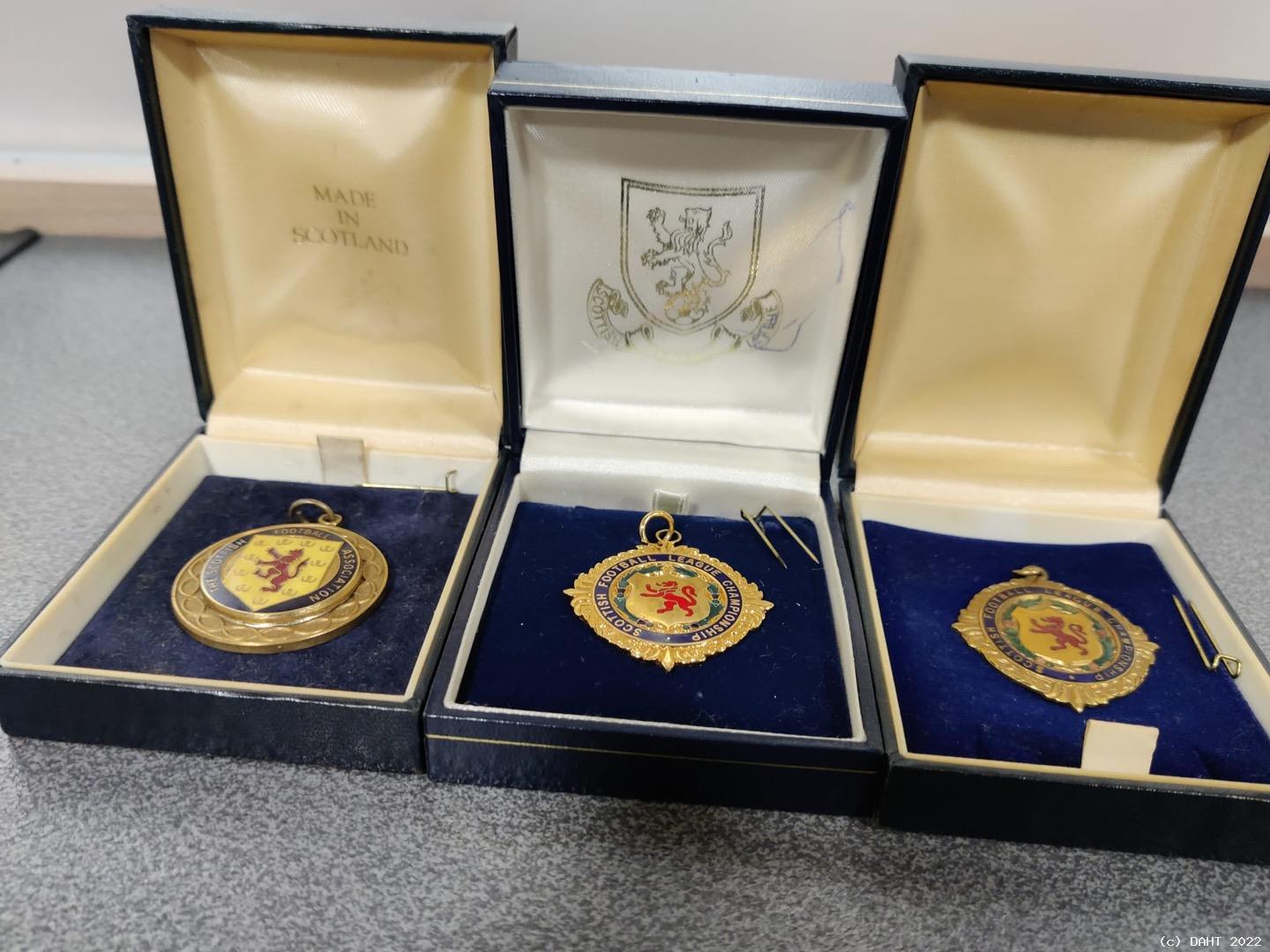Archives | Webber Lees 1948-1951
The first manager to guide Dunfermline Athletic to a major final at Hampden Park, William Webber Lees ultimately fell foul of the boardroom machinations that bedevilled the club in the years following the Second World War.
A native of Coatbridge, Webber Lees joined the Royal Navy during the earlier conflict and in 1916 saw action at the Battle of Jutland, a dramatic and terrible engagement between two fleets that cost the lives of thousands of sailors.
A 23-year connection with Albion Rovers began in 1926 when he became secretary of the newly formed Supporters` Club, taking over as secretary/manager of the football club itself three years later. He led the Rovers to the Second Division title in 1933/34, one point ahead of Dunfermline, but the following year, after keeping the club in the top flight, decided to step down.
Webber Lees returned in March 1937 for a second spell in charge that proved equally as successful as the first. Although he couldn`t prevent relegation, he took the Rovers straight back up in 1937/38 and, with a seat on the board, became something of an all-powerful figure at the club. He also had a real eye for talent and made his most famous signing in 1942, a twenty year-old centre-half from Blantyre Victoria by the name of John Stein.
When the Scottish League resumed after the war the Rovers were rather unfairly demoted but Webber Lees, now working full-time, led them to promotion again in 1947/48. However, the loss of his boardroom position prompted his resignation and a week later, in July 1949, he was appointed secretary/manager of Dunfermline on an annual salary of £500.
With only nine retained players, Webber Lees made a host of new signings, including Aberdeen goalkeeper George Johnstone, who also acted as coach.
After progressing through a difficult League Cup section, the Pars stunned Scottish football by defeating the mighty Hibernian in the semi-final, one of the club`s greatest performances. Unfortunately, East Fife proved too strong in the Final, winning 3-0 although the early goal that set them on their way was highly controversial.
More controversy erupted after the match, in which Johnstone was blamed in some quarters for the other two goals. It emerged that he decided to play even though his father had died on the eve of the game and, after talking to a newspaper about the criticism, he was released without playing another match. Soon after, George Henderson, who had defended the goalkeeper, was sold to St. Mirren and Dunfermline`s promising team fell away, failing to reproduce their cup form in the league and finishing third, well behind the two promoted clubs.
In 1950/51 the Board agreed to leave team selection to the manager and his new player/coach, Willie Finnigan, but a poor season saw the club use 33 players and finish only tenth. Webber Lees did make a couple of notable signings, such as Jackie Stewart, sold to East Fife for £5,300, and 18 year-old Ron Mailer, but this wasn`t enough to save his job. At the AGM shareholders had expressed little faith in the board and within no time at all they had been replaced by a new set of directors who, in August 1951, asked the manager for his resignation.
After a spell managing Alloa, William Webber Lees quit the game to concentrate on his long-established sports shop in Coatbridge before passing away in 1963.
Related Stories
views: 713



